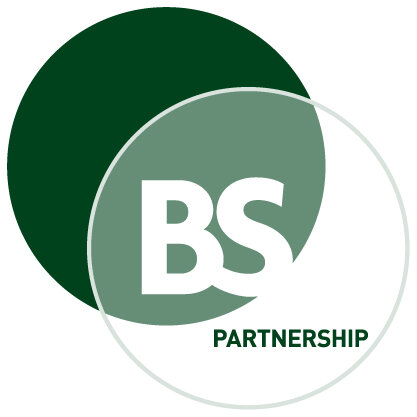Authorised Representative (CE)
Roles and responsibilities of authorised representatives
An authorised representative means any natural or legal person established within the European Union who has received and accepted a written mandate from a manufacturer located outside the EU, to act on the manufacturer’s behalf in relation to specified tasks about the latter’s obligations under the Regulations.
At a minimum, authorised representatives’ obligations include verifying the following:
The EU declaration of conformity and technical documentation have been drawn up and, where applicable, that an appropriate conformity assessment procedure has been carried out by the manufacturer.
Keep copies available of all documents and make them accessible to authorities on request. This includes technical documentation, declarations of conformity, and certificates, including their amendments and supplements.
Verify that the manufacturer has registered the requested information in EUDAMED.
Cooperate with authorities on preventive and corrective actions and inform the manufacturer immediately about complaints and authorities’ requests for samples of devices.
Be liable for defective devices together with the manufacturer.
Have permanent and continuous access to a person responsible for regulatory compliance. A change of authorised representative requires a proper agreement that defines the arrangements between the manufacturer and both the outgoing and the new authorised representatives.



